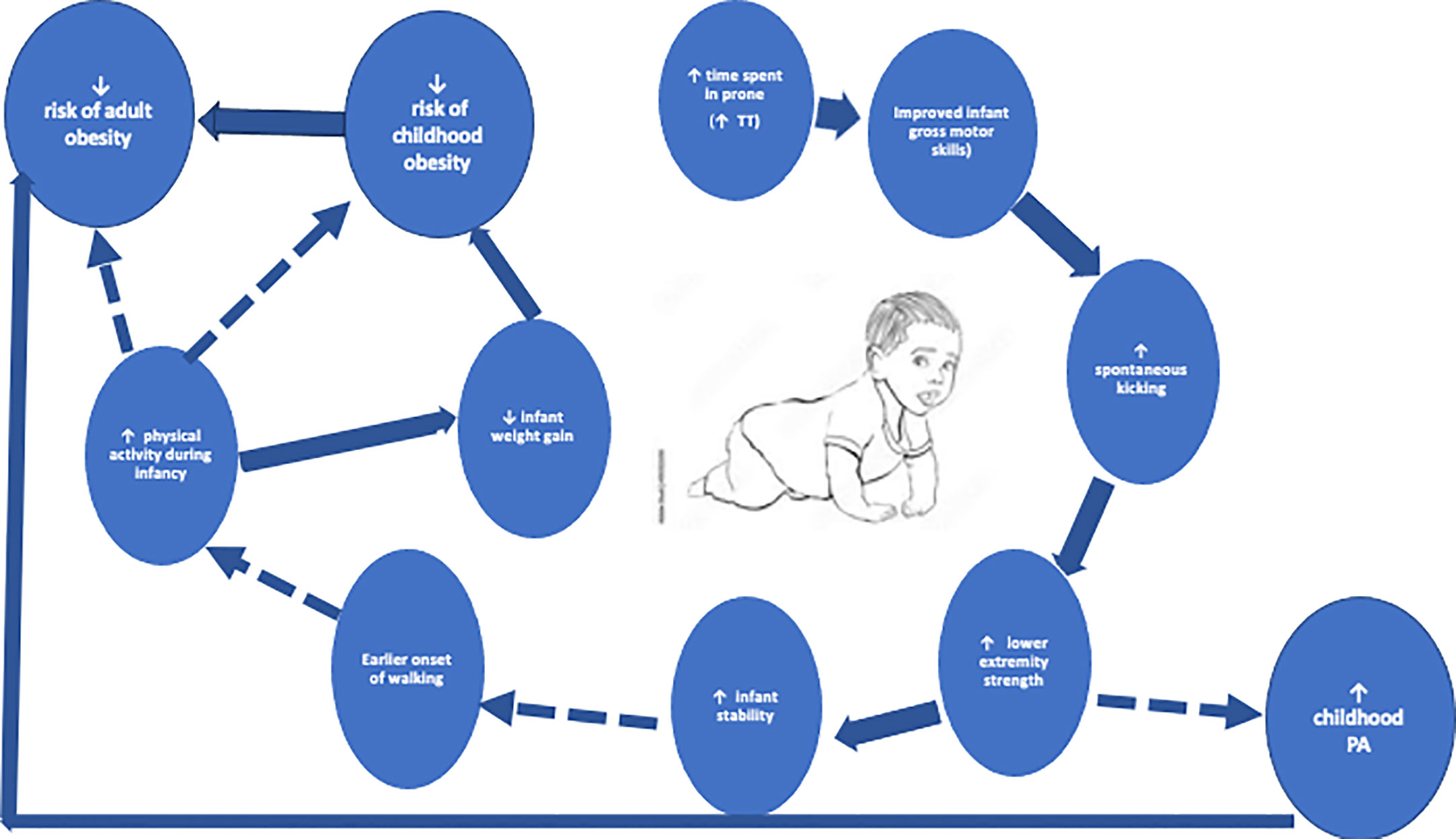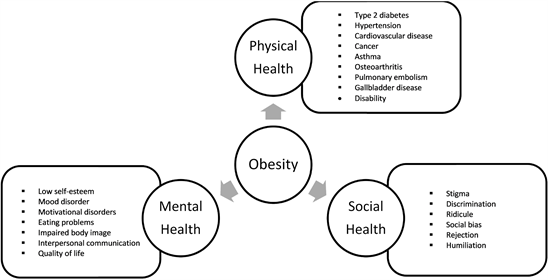In recent years, the prevalence of childhood obesity has become a growing concern worldwide. Often abbreviated as CO, this issue poses significant risks to the physical, emotional, and social well-being of children. As rates continue to rise, it is crucial to understand the underlying causes, the effects on health and development, and potential solutions to combat this epidemic. This article delves into these aspects to provide a comprehensive overview of childhood obesity.

Understanding Childhood Obesity
Childhood obesity refers to a condition where excess body fat negatively impacts a child’s health or well-being. It is typically diagnosed using body mass index (BMI), which measures weight relative to height. While BMI is not a perfect indicator, it serves as a useful screening tool to identify children who may be at risk. The increasing number of children classified as obese has raised alarms among healthcare professionals, educators, and policymakers.
The Causes of Childhood Obesity
Several factors contribute to the rising rates of childhood obesity. These can be broadly categorized into lifestyle, environmental, and genetic influences.
Unhealthy Eating Habits
One of the primary causes of childhood obesity is poor dietary choices. Many children consume diets high in processed foods, sugary beverages, and fast food. These foods are often calorie-dense but lack essential nutrients, leading to excessive weight gain. Additionally, portion sizes have increased over the years, encouraging overeating. Families with limited access to fresh fruits, vegetables, and whole grains may also struggle to provide nutritious meals, further exacerbating the problem.
Lack of Physical Activity
Physical inactivity is another significant contributor to childhood obesity. With the rise of technology, children are spending more time engaging in sedentary activities such as watching television, playing video games, and using smartphones. Schools have also reduced physical education programs due to budget constraints, leaving children with fewer opportunities to stay active. A lack of safe outdoor spaces for play in some communities further limits physical activity.
Genetic and Biological Factors
While lifestyle plays a major role, genetics can also predispose children to obesity. Some families may have a history of weight-related issues, making certain children more susceptible to gaining weight. Hormonal imbalances and medical conditions can also contribute to excessive weight gain. However, genetic factors alone do not account for the dramatic increase in childhood obesity rates, highlighting the importance of environmental influences.
Socioeconomic Factors
Socioeconomic status significantly impacts a child’s risk of becoming obese. Families with lower incomes may rely on cheaper, calorie-dense foods that are less nutritious. Additionally, parents working long hours may have less time to prepare healthy meals or encourage physical activity. Limited access to recreational facilities and safe neighborhoods can further hinder efforts to promote a healthy lifestyle.
The Effects of Childhood Obesity
Childhood obesity has far-reaching consequences that extend beyond physical health. These effects can impact a child’s emotional, social, and academic development.
Physical Health Risks
Obesity increases the risk of numerous health problems in children. These include type 2 diabetes, high blood pressure, and elevated cholesterol levels, which were once considered adult-onset conditions. Obese children are also more likely to develop sleep apnea, asthma, and joint problems. Furthermore, being overweight during childhood significantly raises the likelihood of obesity in adulthood, perpetuating a cycle of health issues.
Mental and Emotional Challenges
Children who are obese often face stigmatization and bullying from their peers. This can lead to low self-esteem, depression, and anxiety. The psychological toll of obesity can affect a child’s ability to form relationships and participate in social activities. Over time, these emotional challenges may contribute to unhealthy coping mechanisms, such as overeating or avoiding physical activity.
Academic and Social Impacts
Obesity can also influence a child’s academic performance and social interactions. Studies have shown that children who are obese may experience difficulties concentrating in school, leading to lower grades and decreased engagement. Socially, they may feel isolated or excluded from group activities, further impacting their overall development. These challenges can create barriers to success later in life.
Potential Solutions to Combat Childhood Obesity
Addressing childhood obesity requires a multifaceted approach involving families, schools, communities, and governments. By implementing targeted strategies, it is possible to reverse this trend and promote healthier lifestyles for children.
Promoting Healthy Eating Habits
Encouraging nutritious eating habits is essential to combating childhood obesity. Parents and caregivers can play a pivotal role by providing balanced meals and limiting access to unhealthy snacks and sugary drinks. Schools can also contribute by offering healthier cafeteria options and educating students about nutrition. Government initiatives, such as subsidies for fresh produce and restrictions on marketing unhealthy foods to children, can further support these efforts.
Increasing Physical Activity
Physical activity should be a priority for children of all ages. Parents can encourage active play by setting aside time for family activities such as walking, biking, or playing sports. Schools should reinstate or expand physical education programs and provide opportunities for extracurricular sports. Communities can invest in safe parks, playgrounds, and recreational facilities to ensure children have access to spaces for exercise.
Implementing Policy Changes
Government policies can have a significant impact on reducing childhood obesity. Regulations on food advertising, particularly targeting children, can help curb the promotion of unhealthy products. Tax incentives for companies producing nutritious foods and penalties for those marketing high-calorie, low-nutrient items can drive positive change. Additionally, urban planning that prioritizes walkability and access to green spaces can encourage active lifestyles.
Raising Awareness and Education
Educating families, educators, and healthcare providers about the risks and prevention of childhood obesity is critical. Public awareness campaigns can highlight the importance of healthy habits and dispel myths about weight management. Healthcare professionals can offer guidance and support to families, emphasizing early intervention and personalized strategies for managing weight.
Fostering a Supportive Environment
- Create a positive home environment by modeling healthy behaviors and attitudes toward food and exercise.
- Encourage open communication between parents and children to address concerns about weight without fostering shame or guilt.
- Involve children in meal planning and preparation to teach them about nutrition and empower them to make healthy choices.
- Provide emotional support and seek professional help if a child is struggling with mental health issues related to obesity.
Addressing Socioeconomic Disparities
To tackle childhood obesity effectively, it is essential to address the socioeconomic disparities that contribute to the problem. Programs that provide affordable access to healthy foods, such as community gardens and food assistance initiatives, can make a significant difference. Offering free or low-cost recreational programs and transportation to safe play areas can also help bridge the gap for families in underserved communities.
Encouraging Collaboration
No single entity can solve the issue of childhood obesity alone. Collaboration between families, schools, healthcare providers, policymakers, and community organizations is necessary to create lasting change. By working together, stakeholders can develop comprehensive strategies that address the root causes of obesity and promote healthier futures for children.





